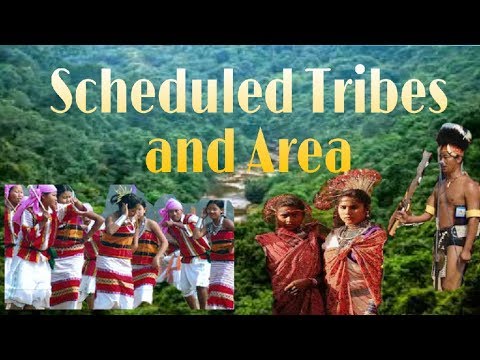


Full Form & Meaning of ST- The term ‘Scheduled Tribes’ first appeared in the Constitution of India. Article 366 (25) of the Constitution of India defined scheduled tribes as “such tribes or tribal communities or parts of or groups within such tribes or tribal communities as are deemed under Article 342 to be Scheduled Tribes for the purposes of this constitution”.
Article 342 prescribes the procedure to be followed in the matter of specification of scheduled tribes.
Meaning of Tribes- The tribes are the autochthonous or native people of the land who are believed to be the earliest settlers in the Indian Peninsula. They are generally called Adivasis, implying original inhabitants.
The ancient and medieval literature mentions a large number of tribes living in India.
Why the Name “Schedule Tribes”- The tribal communities in India have been recognized by the Indian Constitution under ‘Schedule 5’ of the constitution. Hence the tribes recognized by the Constitution are known as ‘Scheduled Tribes’.
Specification of Community as a Schedule Tribes- The criterion followed for specification of a community, as scheduled tribes are indications of primitive traits, distinctive culture, geographical isolation, shyness of contact with the community at large, and backwardness.
This criterion is not spelt out in the Constitution but has become well established.
Constitutional Support for Scheduled Tribes
Conclusion- The tribes of India constitute a numerically small minority, just about 9 per cent of the total population. But their expanse is vast, and their cultural imprint on Indianness way deeper than the rest—with many of them seen as descendants of the subcontinent’s original inhabitants. Spread over the length and breadth of the landmass, mostly in forested and mountainous country, they are a heterogeneous set, varying greatly in language, culture, means of primary livelihood and state of development.